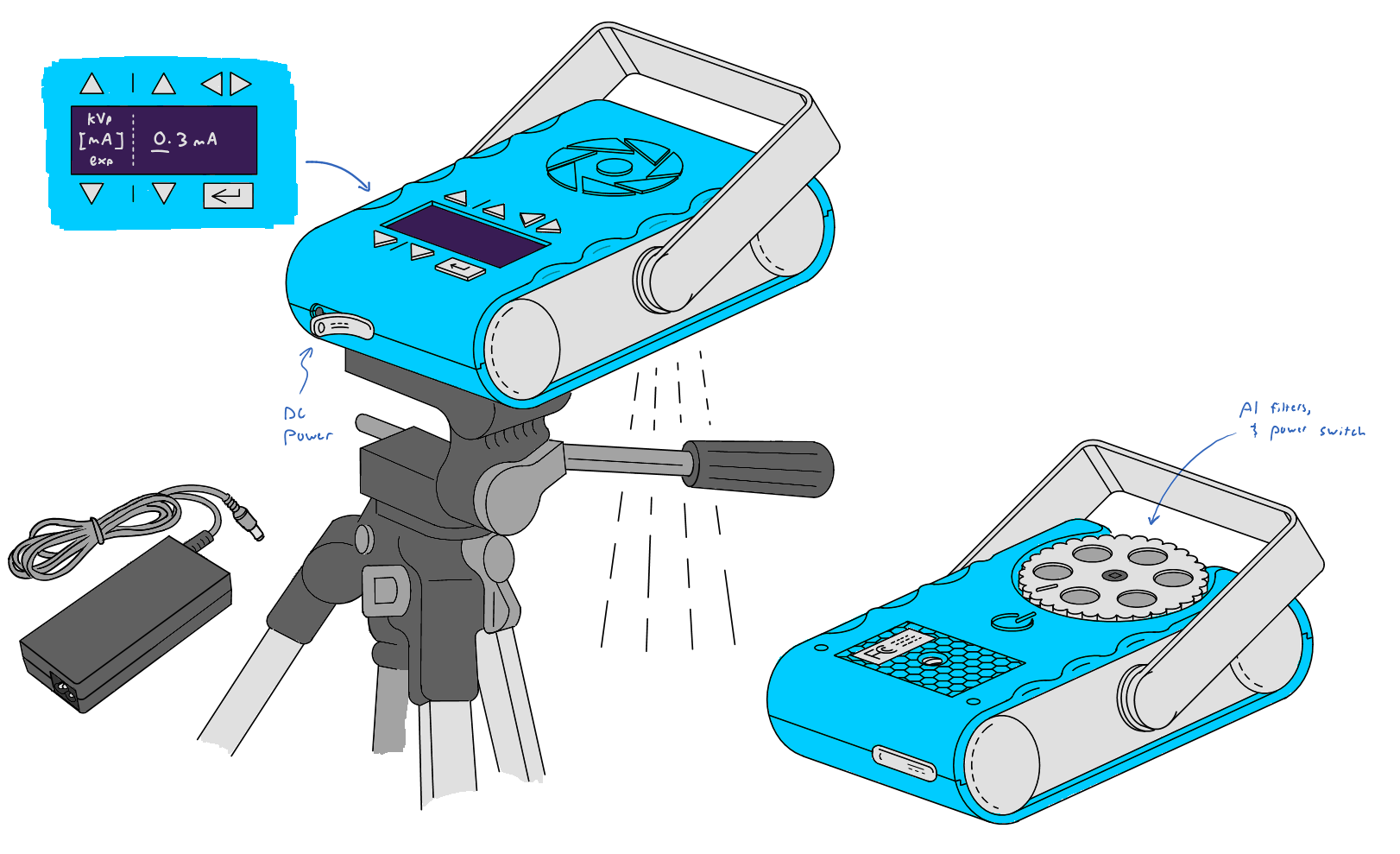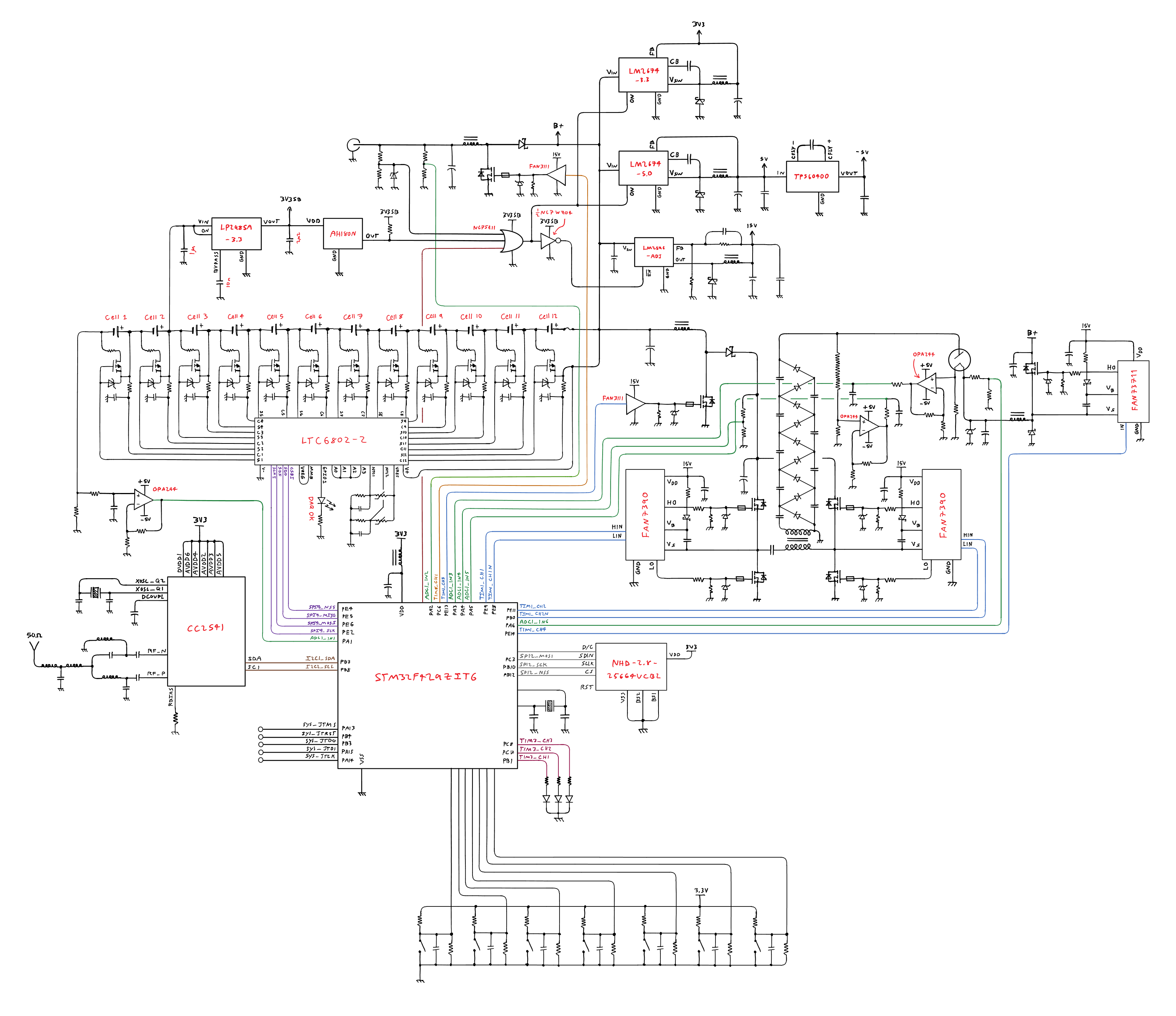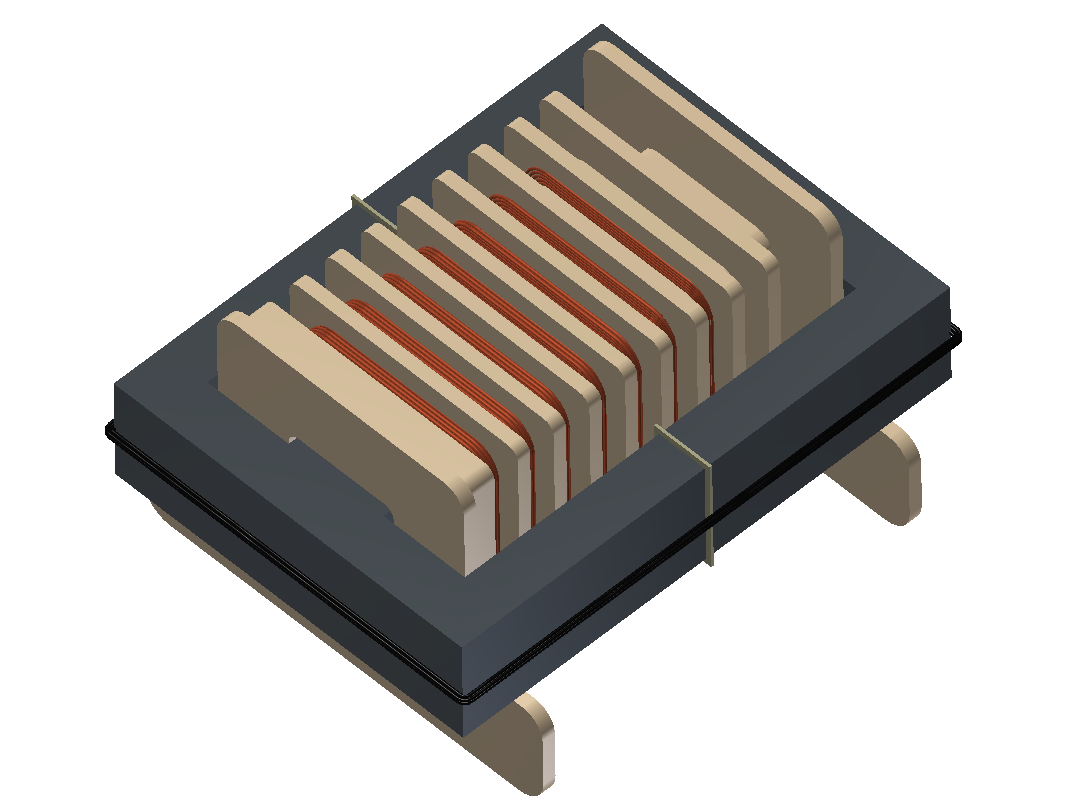At this point, I wasn't feeling too hot. After 2 months of straight "no's", something clearly had to change if I wanted to achieve my long-term goal of bringing medical x-ray imaging to everyone. I felt that I needed something more convincing to win people over, a prototype of sorts.
Now, to assume that I could design the product I described with the resources I had at the time (a hackerspace, myself, some cad programs) would have been foolish.
So, I set a lower bar for my prototype model: a 200W, backpack x-ray source.

I set a goal to have this designed by December.
To do so, I worked 14 hours a day, every day, for 3 months, until this was done. I let family and friends fall off my priority list, and eventually became very, very depressed, yet still kept on working anyway. In retrospect, this was a terrible decision.
September was a month of systems design. Particularly, planning out how I could design such a 200W source with a minimum number of parts, and a maximized ratio of off-the-shelf components. After 3 days, I had something that looked like it could work.

The system contains as few parts as practical, to provide;
- Lithium ion battery charging.
- Lithium ion battery management.
- Battery safety.
- Closed loop high voltage inverter control.
- Closed loop cathode control.
- Remote control.
- Power management for all parts.
Which in summation, would be enough to build a 200W x-ray system.
I decided at this point, that I should probably design my own transformer for the machine. There didn't seem to be any good ones readily available, so, I chose a core from TSC ferrite international that seemed large enough (based on past experience) to handle 200W swimmingly.
When designing a high voltage transformer, it's important to make sure you can get the highest winding ratio practical, without saturating the transformer's core due to too much flux. This is so, because at high frequencies capacitive losses matter a lot, and to ensure that all of your energy isn't trickled away, you use as few turns as possible.
I chose 8 turns, to 800 for a 1:10 ratio. Given the core's cross sectional area and material, I was limited to a saturation flux of about 200mT, which worked out to about 30 amperes into the primary coil, with a sizable safety margin.
It's worth noting that, to accommodate so many windings you must break the transformer bobbin up into sectors, each with sizable insulation from other parts of the transformer. Failing to do this will ensure dielectric breakdown of your wire!
For those of you who haven't learned transformer design, there is a nice video available to brush up on your core competencies :-)
 Adam Munich
Adam Munich
Discussions
Become a Hackaday.io Member
Create an account to leave a comment. Already have an account? Log In.